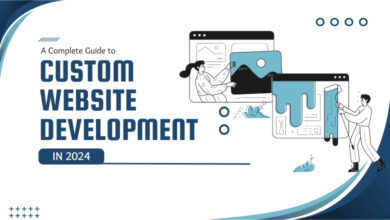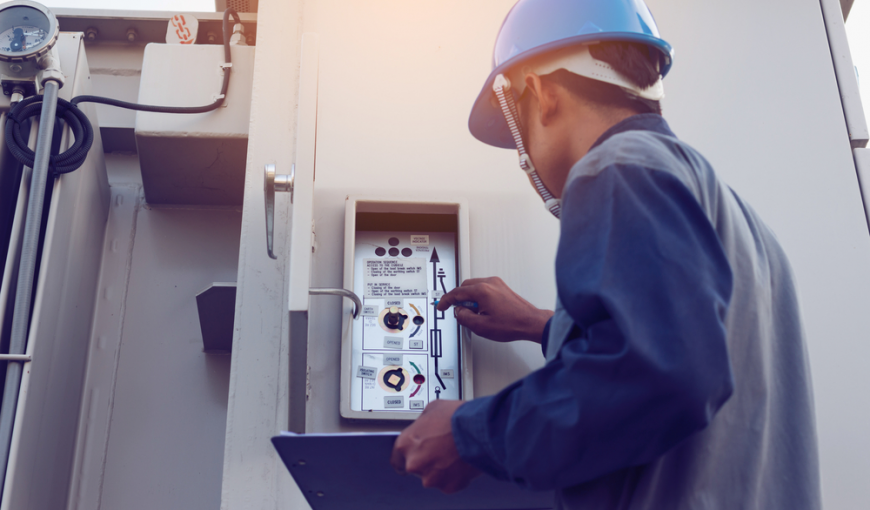Best Practices for Risk Assessment Under ISO 27001

Protecting sensitive information is of utmost significance for enterprises in today’s rapidly changing digital world. A widely recognised benchmark for information security management systems (ISMS), ISO 27001 Certification aids organisations in safeguarding vital assets and preserving the confidentiality, integrity, and accessibility of data. Risk assessment is one of the essential elements of ISO 27001 compliance since it enables businesses to recognise, evaluate, and lessen possible security hazards. In this blog, we’ll look at the best practices for ISO 27001 Risk Assessment.
Establishing a Risk Management Framework
Building a strong risk management framework inside the firm is crucial to carry out successful risk assessments. Roles and duties must be specified, criteria must be established, and the risk assessment procedure must be described. Engage all stakeholders to ensure a thorough grasp of possible hazards and promote more efficient risk assessment and mitigation procedures.
Identify Assets and their Value
Recognise and catalogue the company’s key assets, such as its data, hardware, software, and staff. Prioritising risk assessment efforts are made easier by giving these assets a value. Grasp these assets’ importance to the business and the possible effects of their compromise requires a deep grasp of them.
Identify Threats and Vulnerabilities
To perform a thorough risk assessment, threats and vulnerabilities must be accurately identified. Update the list of possible threats and vulnerabilities often in light of changing threat landscapes and hazards unique to certain industries. Organisations may remain one step ahead of possible hazards by doing this.
Assess the Likelihood and Impact
It is essential to consider both the chance of a threat and its possible effects on the organisation to evaluate the risks appropriately. Combining quantitative and qualitative research, this stage enables firms to select the most important hazards that demand immediate attention.
Determine Risk Levels
Determine the risk levels for each identified risk after evaluating the chance and effect. To help with decision-making and resource allocation for risk mitigation activities, classify the risks according to their severity level, such as low, medium, or high.
Implement Mitigation Measures
Developing and implementing suitable risk mitigation strategies are crucial after risk identification and evaluation. These measures may include technology solutions, regulations, and security controls. The objective is to lower the risks to a manageable level while preserving the security of data and assets.
Monitor and Review
Risk assessment involves ongoing monitoring and review; it is not a one-time task. Reevaluate the risks often, keep an eye on the effectiveness of the mitigation measures you’ve put in place, and be flexible to changes in your industry. This iterative methodology keeps The risk management process dynamic and efficient.
Involve Employees in Risk Assessment
Include staff from many departments in the risk assessment procedure. They have insightful knowledge of their specialised fields’ ongoing processes and possible threats. Engaging workers help create a security awareness culture, making risk assessment a shared duty.
Engage External Expertise
While firms may do risk assessments internally, using the help of a third party can offer a different viewpoint and unbiased assessment. Engaging certified ISO 27001 experts or outside auditors might result in a more thorough evaluation and reveal any potential blind spots.
Conclusion
Achieving ISO 27001 certification and sustaining strong information security both depend on risk assessment. Organisations may proactively detect and reduce possible threats by adhering to the recommended practises mentioned above, strengthening their information security management systems. A security-conscious culture is promoted by focusing on continuous development and involving personnel at all levels. Organisations’ risks change over time; therefore, regular assessments and updates of the risk assessment process are necessary to keep ahead of possible threats and properly secure vital assets. Achieving ISO 27001 accreditation improves an organisation’s reputation and shows its dedication to protecting sensitive data in a world that is becoming more linked.





